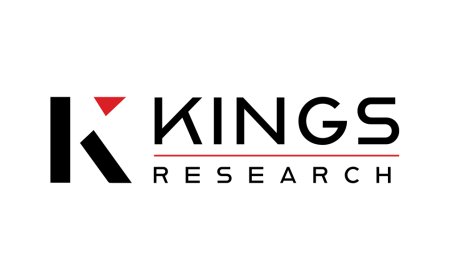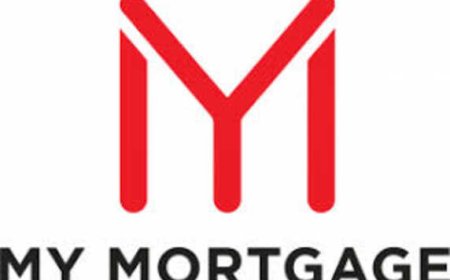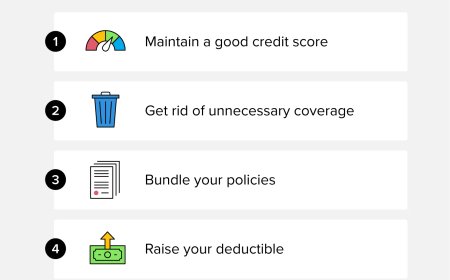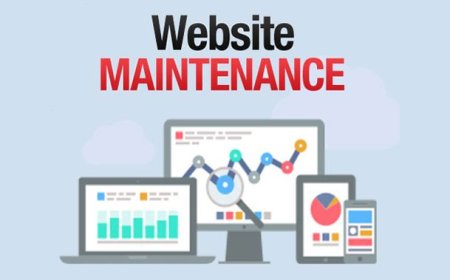Unlocking Opportunities: A Guide to BC First Nations Financing
Discover how BC First Nations financing empowers Indigenous communities through economic development, infrastructure, and sustainability projects in British Columbia.
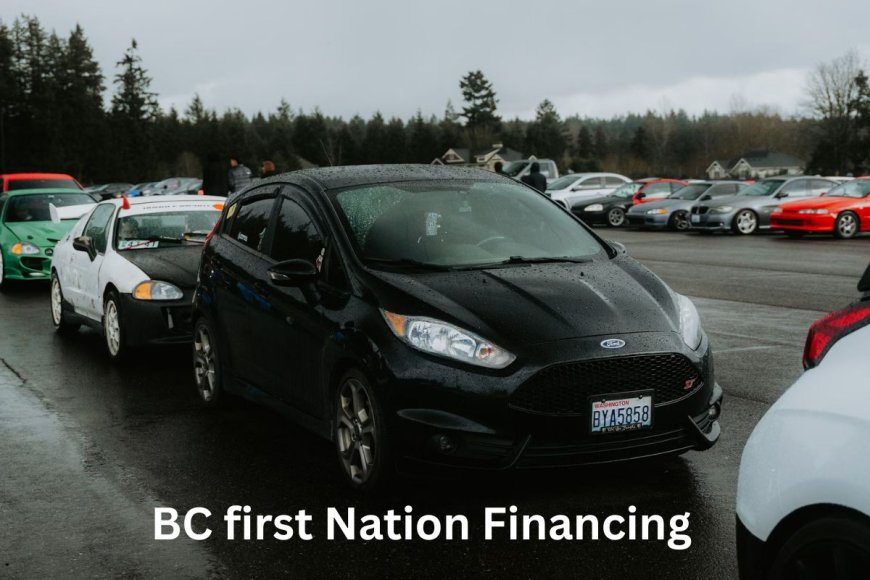
British Columbias Indigenous communities are on a path of renewed economic growth and self-determination. A key driver of that momentum is BC First Nations financing, a growing ecosystem of funding tools, government programs, and Indigenous-led financial institutions that enable First Nations to develop infrastructure, invest in land acquisition, and build strong, resilient economies.
If you're searching for how First Nations in British Columbia fund community development, support local businesses, or finance major projects, this guide breaks down everything you need to know in a simple, human tone. Well explore the types of financing available, key institutions supporting Indigenous economic development, and how communities are using these tools to create lasting impact.
Why Financing Matters for BC First Nations
For decades, Indigenous communities across Canada and especially in British Columbia faced barriers in accessing traditional lending systems. Limited access to credit, lack of collateral due to the nature of reserve lands, and systemic issues made it difficult for communities to build the infrastructure or services they needed.
Today, that narrative is changing.
From nation-owned corporations to renewable energy projects, access to tailored financing is allowing BC First Nations to:
-
Reclaim and purchase traditional lands
-
Build housing and clean water infrastructure
-
Invest in tourism, technology, and natural resources
-
Launch community-owned businesses and partnerships
Financing isn't just about money its about sovereignty, self-sufficiency, and long-term prosperity.
Key Sources of First Nations Financing in BC
Several innovative funding sources are available to First Nations in British Columbia. Some are government-backed, while others are Indigenous-led financial institutions with a deep understanding of community needs.
1. First Nations Finance Authority (FNFA)
The FNFA is a game changer. It's a non-profit Indigenous-run organization that provides low-cost, long-term loans to First Nations across Canada, including many in BC.
Rather than relying on private banks, communities can access pooled borrowing through FNFA, which uses bond markets to offer better rates. Projects funded include housing, economic development, and infrastructure upgrades like roads, community centres, and water systems.
2. Indigenous Services Canada (ISC) and Crown-Indigenous Relations (CIRNAC)
The federal government offers various funding streams and grants that support First Nations' capacity building, infrastructure, and business development. In BC, this includes funding for:
-
Water and wastewater systems
-
Indigenous entrepreneurship
-
Governance capacity
-
Health and education facilities
Tip: Visit ISC's funding page for application updates.
3. New Relationship Trust (NRT)
The New Relationship Trust is a BC-based Indigenous-led organization that offers funding programs, capacity-building support, and equity investments for First Nations. Their capital is used for:
-
Business financing
-
Equity participation in major projects
-
Community-based initiatives
NRT also partners with private lenders to support Indigenous-owned enterprises.
Indigenous-Owned Financial Institutions Are Leading the Way
Unlike traditional lenders, Indigenous-owned institutions are rooted in community-first values. They understand the complexities of land tenure, governance, and economic development in Indigenous contexts.
Two notable players:
-
Nuu-chah-nulth Economic Development Corporation (NEDC)
-
All Nations Trust Company (ANTCO)
These organizations provide microloans, business loans, and advisory services to help Indigenous entrepreneurs get started or scale in industries like fishing, forestry, tourism, and digital services.
Examples of Impact: What Financing Is Making Possible
The proof of progress lies in what First Nations are building with these resources:
-
The Tla-o-qui-aht First Nation has leveraged FNFA funding to build eco-tourism lodges and housing for members.
-
Tsleil-Waututh Nation in North Vancouver invested in a business park that now generates long-term revenue for the community.
-
Osoyoos Indian Band, under the leadership of Chief Clarence Louie, used strategic financing to become one of BCs most economically independent Indigenous communities, with holdings in vineyards, a resort, and construction.
These stories reflect a trend: financing is no longer a barrier its a springboard.
Challenges and Considerations
While momentum is strong, challenges remain:
-
Administrative capacity: Some smaller nations need technical help to access or manage complex funding programs.
-
Access to equity: Not all projects are eligible for grants and loan terms must be manageable for long-term sustainability.
-
Community consensus: Financing projects require strong governance and transparent consultation within communities to ensure shared benefits.
This is where partnerships and Indigenous-led advisory services come into play. Many financial institutions offer free workshops or community sessions to help navigate these processes.
Final Thoughts
BC First Nations financing is more than just capital, its a tool for transformation. With access to strategic funding, Indigenous communities in British Columbia are building homes, economies, and futures rooted in self-determination and cultural strength.
If youre part of a First Nation seeking financing options or an ally looking to support Indigenous-led development, the landscape today is rich with opportunity and growing stronger every year.









